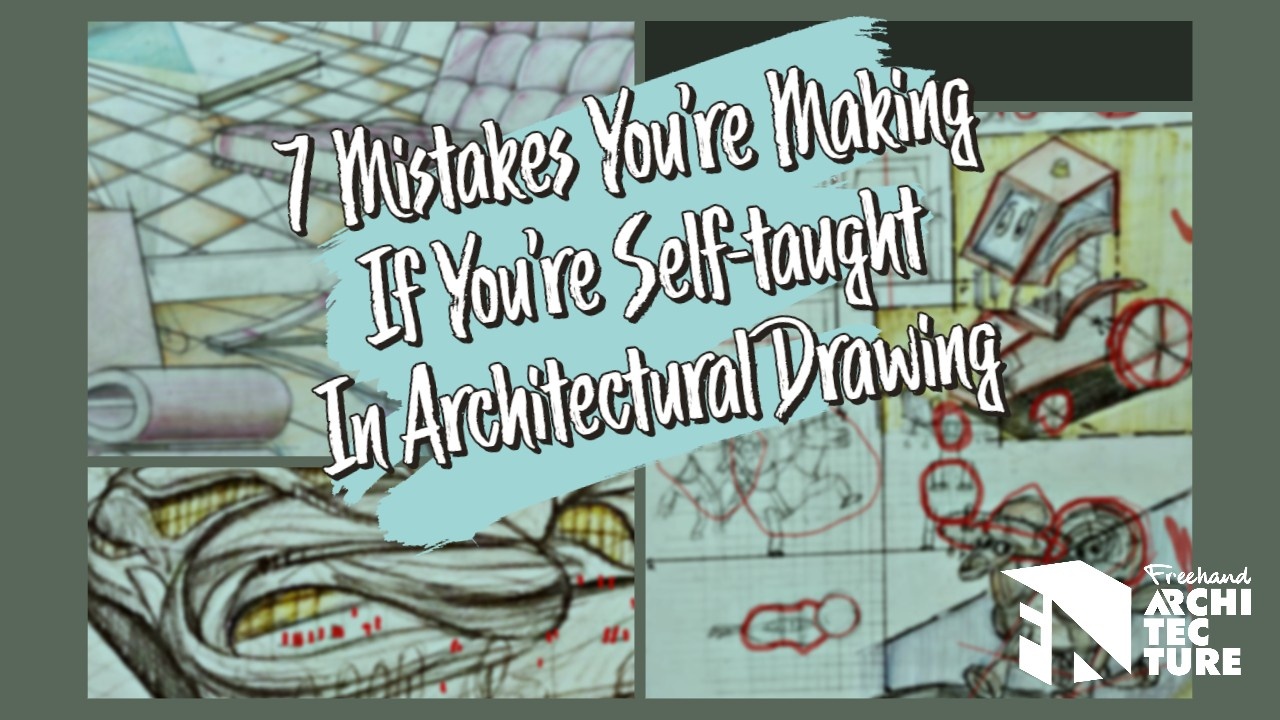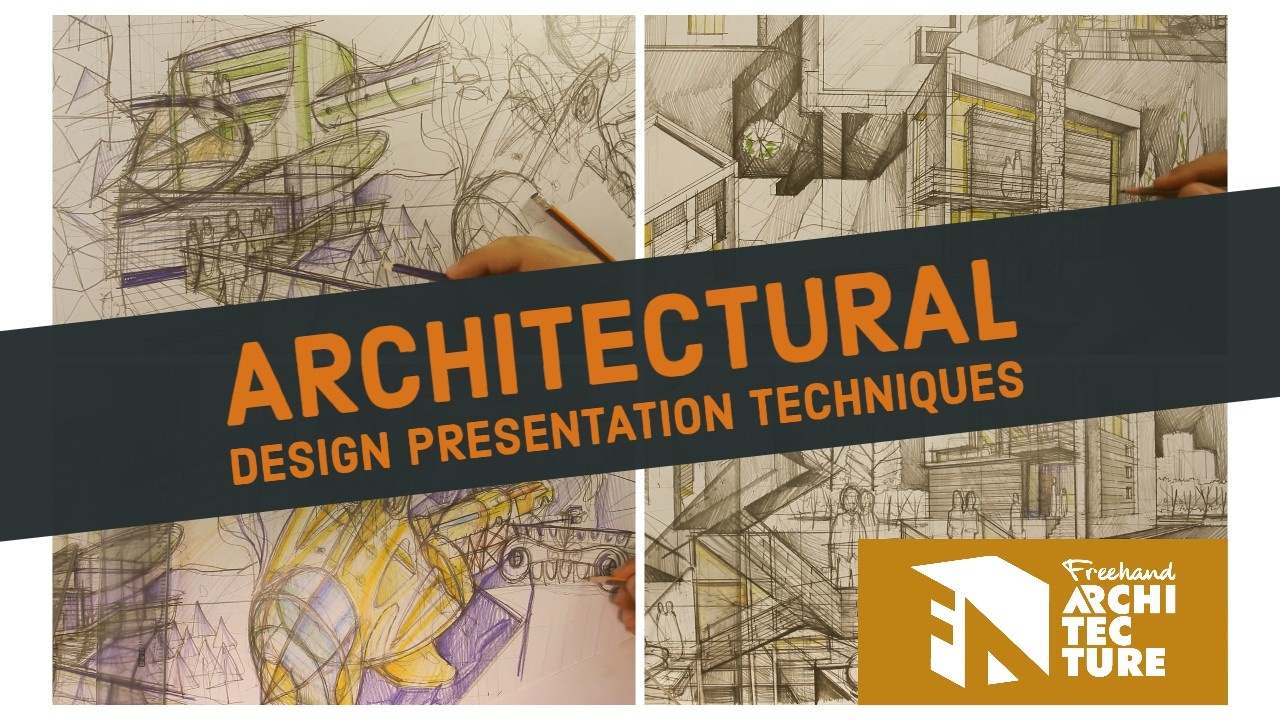The Hatching Technique That Will Get People Wondering If You Also Have An Arts Degree
Sep 15, 2022
How To Use The Mixed Hatching Formula For Massively Improving Your Hand Drawn Graphics.

One of the most common questions I get is about hatching:
“Hey man, I’m good with drawing perspectives, but my HATCHING looks REALLY BAD: it’s messy, all over the place and makes all my work look like it’s done by an amateur with zero drawing skills. How can I make my hatching look professional, like let’s say the drawings on your site?”.
This is a very common issue with beginner or intermediate students. If you are making the same mistake, then it’s just a sign you don’t have the basics handled… so don’t worry too much about it.
My hatching formula works with any drawing and will get all your work looking crisp, clean and professional.
Careful though, learning this will raise A LOT of eyebrows, will draw A LOT OF ATTENTION to your work and people that see your work will start wondering if you’ve actually gotten an arts degree before you got started with architecture…
First, a brief warning on the dangers of counting too much on hatching…
HATCHING ISN’T FOR COVERING UP A FAULTY LINE DRAWING.
As I’ve said before your line drawing counts for 80% of the value of your whole work, so focus on learning line drawing first.
Ok, back to hatching…
What Is Hatching And Why Use Hatching In The First Place?
Hatching is the uniform texture you get from using a pencil, crayon or pen to fill in large areas with shades of color.
I would recommend you color your drawings for the following reasons:
– It’s helpful to render the spatial depth of your work – thus your drawings look really volumetric and smart
– It works really well for shadows – subtle gradients will make all you shadows stand out
– It’s really great for rendering the materiality of your objects – it’s way easier to suggest different materials such as wood or glass when you’re actually coloring them.
When Hatching You Are Going To Come Across Two Different Problems:
1. You need to cover large areas of your drawing with color FAST, so your hatching needs to be fast and look good from the first go. You absolutely want ZERO time wasted on repairing nasty hatching.
2. Your hatching needs to be as clear and precise as possible so your work gets that professional look.
You probably remember the first rule from back when you were young and using coloring books: “you need to color within the lines’
It’s still true now…

Your line drawing counts for 80% of your whole work. Use hatching to make that line drawing look it’s best, not to try to cover up mistakes.
The Mixed Hatching Formula
After spending A LOT of time thinking about these two problems, I figured it out…
There’s really no efficient hatching that could do both of these! So WHY NOT MIX TWO TYPES OF HATCHING.
And what if this could lead into a completely new drawing style that is twice as fast and fits 99.99% of designs and drawings out there.
The Mixed Hatching Formula is:
Mixed Hatching = Cross Hatching + Smudged Hatching

Cross Hatching = intersecting random streaks of consistent hatching.
Key Points:
– Go for this scale shape of hatching because it’s really efficient in saving time and energy – and trust me when you do the same motion 4000 times, that bit of energy saved is worth A LOT.
– Use random intersecting streaks of hatching and literally cross them together.
– Start light: start with light-mid tones and build up intensity by adding more and more overlapping streaks of hatching.
Smudged Hatching =smudging the color on your sheet of paper with no concern to texture whatsoever.
Key Points:
– Start off from the volume’s edge and go parallel to that edge.
– Build up intensity as you get near the edges – that helps add more of a 3d feel to your work.
– Use a ruler to strengthen the edges of your volumes – mate those edges need to be CRISP and CLEAR.
Here are three videos that will also help you with your hatching and graphics:
So by now you’ve probably tried the tips for yourself and noticed you get far more control over your workflow…With the added bonus that you can draw FASTER and can be far more CONFIDENT when tackling any hand drawings for any design.
I really want to help you out, the only way to do that is to get you to draw. And I can actually do that for free - join my free 5-day course here.





